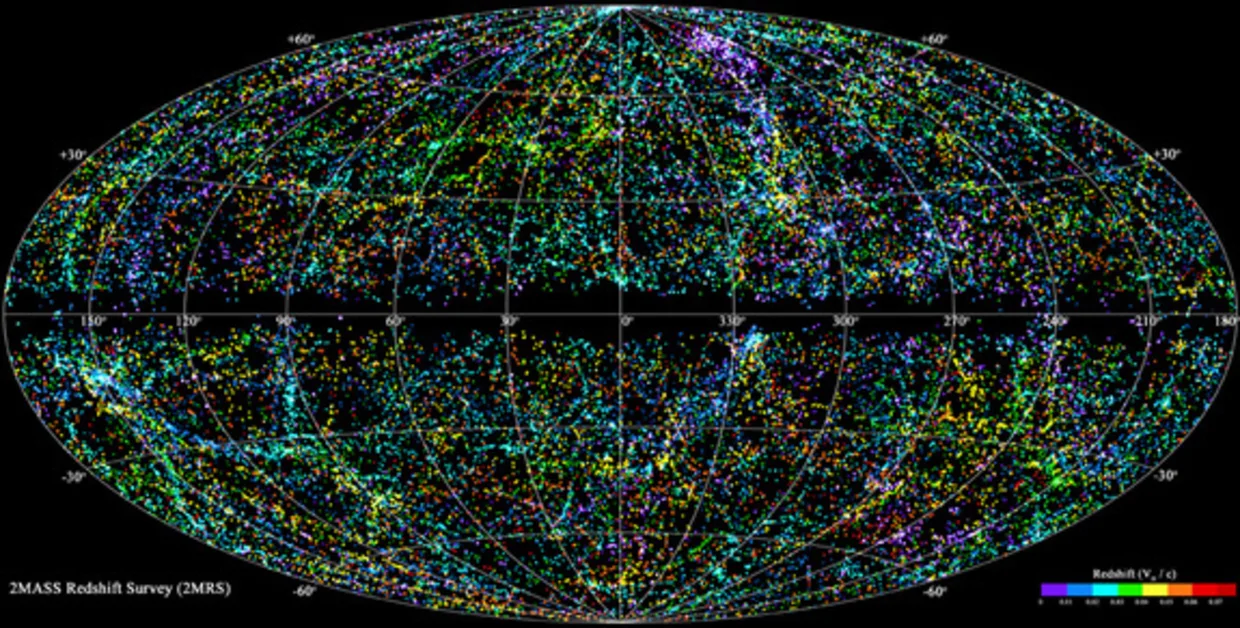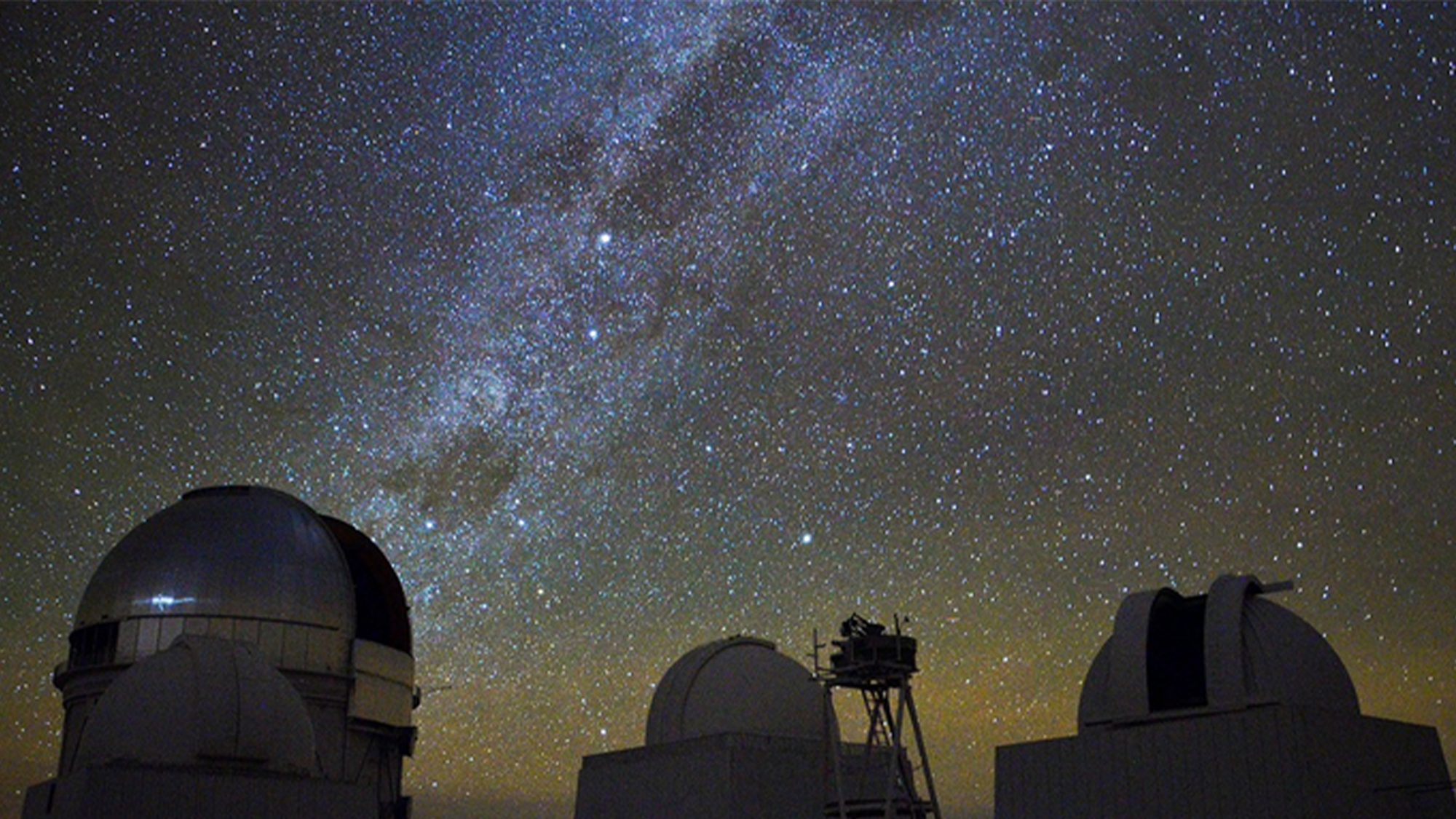The Hercules-Corona Borealis Great Wall — already considered the largest known structure in the universe — has been found to be even more massive than previously thought. Astronomers made this discovery by analyzing gamma-ray bursts (GRBs), the most powerful explosions in the cosmos. They also found that some portions of this cosmic wall lie closer to Earth than earlier estimates suggested, further complicating existing cosmological models.
The Hercules-Corona Borealis Great Wall is a supercluster of galaxies, or more accurately, a colossal filament in the cosmic web where early galaxies formed and gathered. Although its name references specific constellations, it spans a much broader area of the sky, reaching from Hercules and Corona Borealis all the way to Boötes and Gemini. Its poetic name was coined by a Filipino teenager, Johndric Valdez, reflecting both scientific curiosity and cultural inspiration.
New GRB Data Reveals the Great Wall Is Larger and Closer Than Expected
Initially discovered in 2014, the Great Wall’s size was re-evaluated by researchers led by István Horváth, Jon Hakkila, and Zsolt Bagoly. They found it extends farther than previously calculated, using a new sample of GRBs. Previously overlooked nearby GRBs were revealed to be part of the same structure, suggesting a larger radial extent and a more complex 3D distribution than scientists initially realized.

To grasp the enormity of the structure: it’s about 10 billion light-years long, 7.2 billion light-years wide, and nearly a billion light-years thick. That’s enough room to line up over 94,000 Milky Way galaxies along its length. The closest parts are now known to be much nearer to Earth than once thought. In comparison, our own supercluster, Laniakea, measures a relatively modest 500 million light-years across.
Gamma-Ray Bursts Illuminate Hidden Galaxies and Challenge Our Understanding of Cosmic Structure
GRBs, powerful bursts of energy from dying stars or colliding neutron stars, serve as luminous beacons to trace galaxy locations. Long GRBs come from collapsing massive stars, while short ones are born from neutron star mergers. Because they’re so bright, GRBs allow astronomers to detect galaxy positions even when the galaxies themselves are too faint to observe directly. This makes GRBs invaluable in mapping massive cosmic structures.
The sheer size of the Hercules-Corona Borealis Great Wall challenges the cosmological principle, which asserts that the universe should appear the same in all directions and be evenly spread out on a large scale. According to current models, structures larger than 1.2 billion light-years shouldn’t have had enough time to form. The discovery suggests that some assumptions about the universe’s uniformity may need reevaluation.
Researchers used data from 542 GRBs collected mainly by NASA’s Fermi and Swift observatories to make their latest conclusions. However, the limited number of GRBs and the challenge of pinpointing their origins make the analysis difficult.
Future missions, such as the proposed ESA THESEUS mission, aim to dramatically improve GRB detection. With increased sensitivity and sky coverage, THESEUS could help fully map the Hercules-Corona Borealis Great Wall and unravel the mysteries of the universe’s largest known structure.


